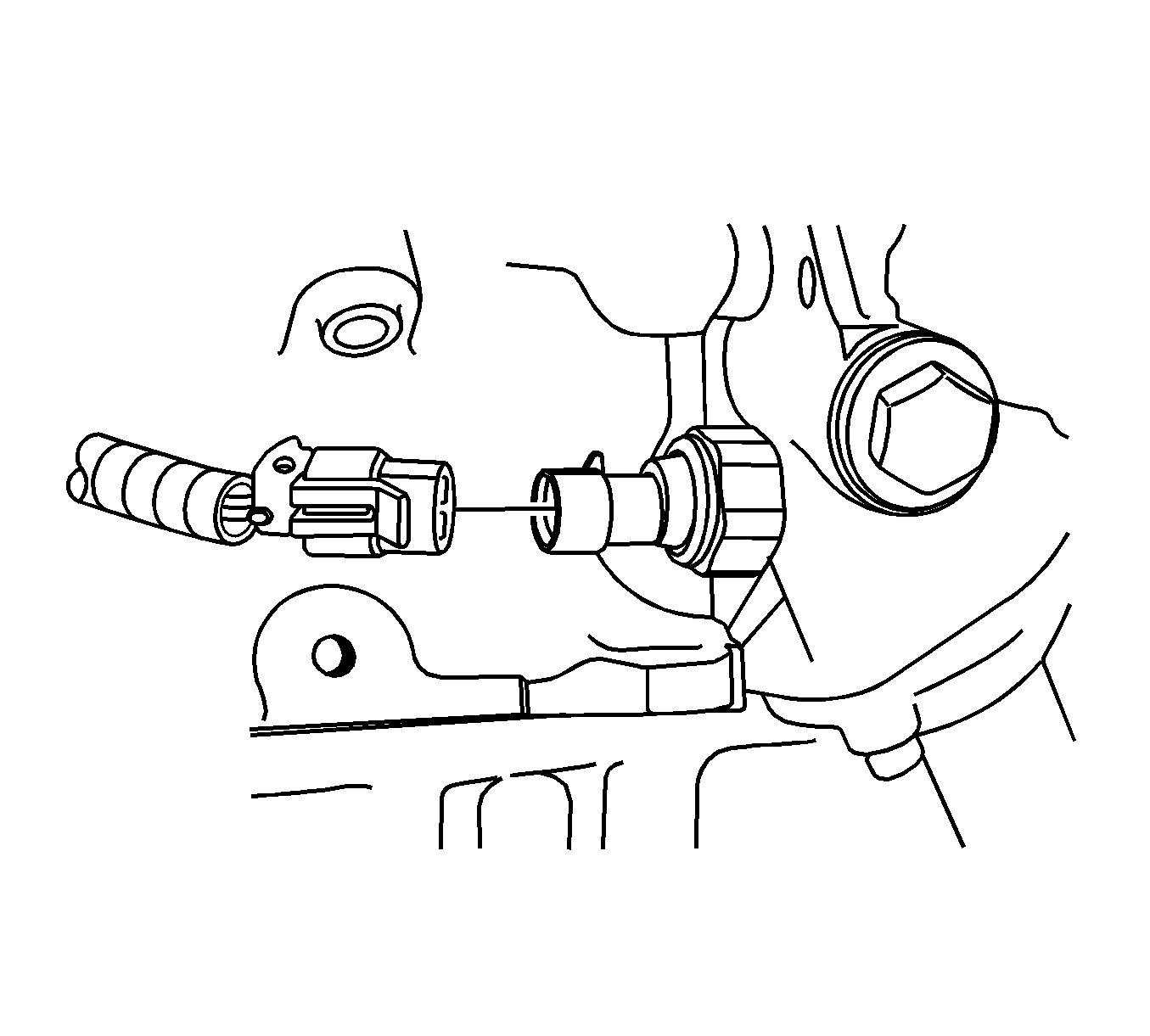- With the vehicle on a level surface, allow adequate drain down time, 2-3 minutes, and measure for a low engine oil level. Add the recommended grade engine oil, and fill the crankcase until the oil level measures FULL on the oil level indicator.
- Operate the engine and verify low or no oil pressure on the vehicle oil pressure gage or the oil indicator light. Listen for a noisy valve train or a knocking noise.
- Inspect for the following :
| • | Engine oil diluted by moisture or unburned fuel mixtures |
| • | Improper engine oil viscosity for the expected temperature |
| • | Incorrect or faulty oil pressure gage sensor |
| • | Incorrect or faulty oil pressure gage |
| • | Malfunctioning oil filter bypass valve |

- Remove the oil pressure switch from the oil filter adapter.

- Install the
KM-135
Oil Pressure Gage Adapter and the
KM-498-B
Oil Pressure Gage at the
place of the oil pressure switch.
- Start the engine and then allow the engine to reach normal operation temperature.
- Measure the engine oil pressure at idle speed.
- The minimum oil pressure should be 30 kPa (4.35 psi).
- If the engine oil pressure is below minimum specifications, inspect the engine for one or more of the following:
| • | Malfunctioning oil pump pressure relief valve |
| • | Oil pump screen loose, plugged, or damaged |
| • | Excessive bearing clearance |
| • | Cracked, porous or restricted oil galleries |
| • | Engine block oil gallery plugs missing or incorrectly installed |
| • | Loose oil filter adapter |
- After checking the oil pressure, remove the oil pressure gauge and adapter and then install the oil pressure switch to 40 N·m (30 lb ft).
- Check the oil level. Add oil until it reaches the MAX mark if needed.


